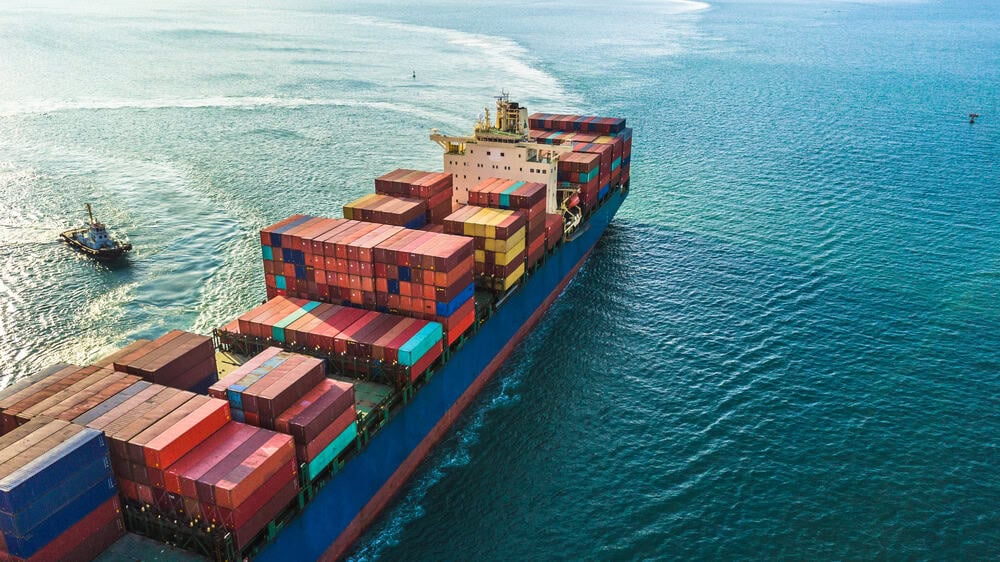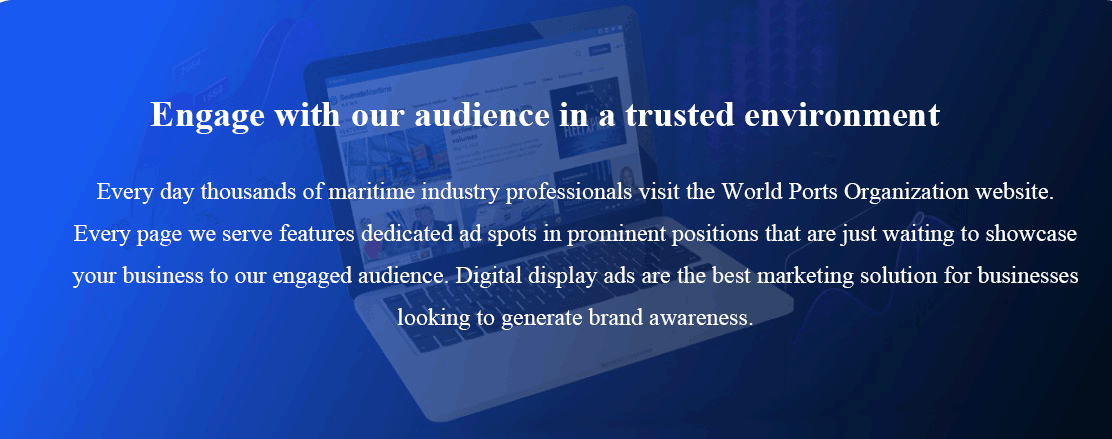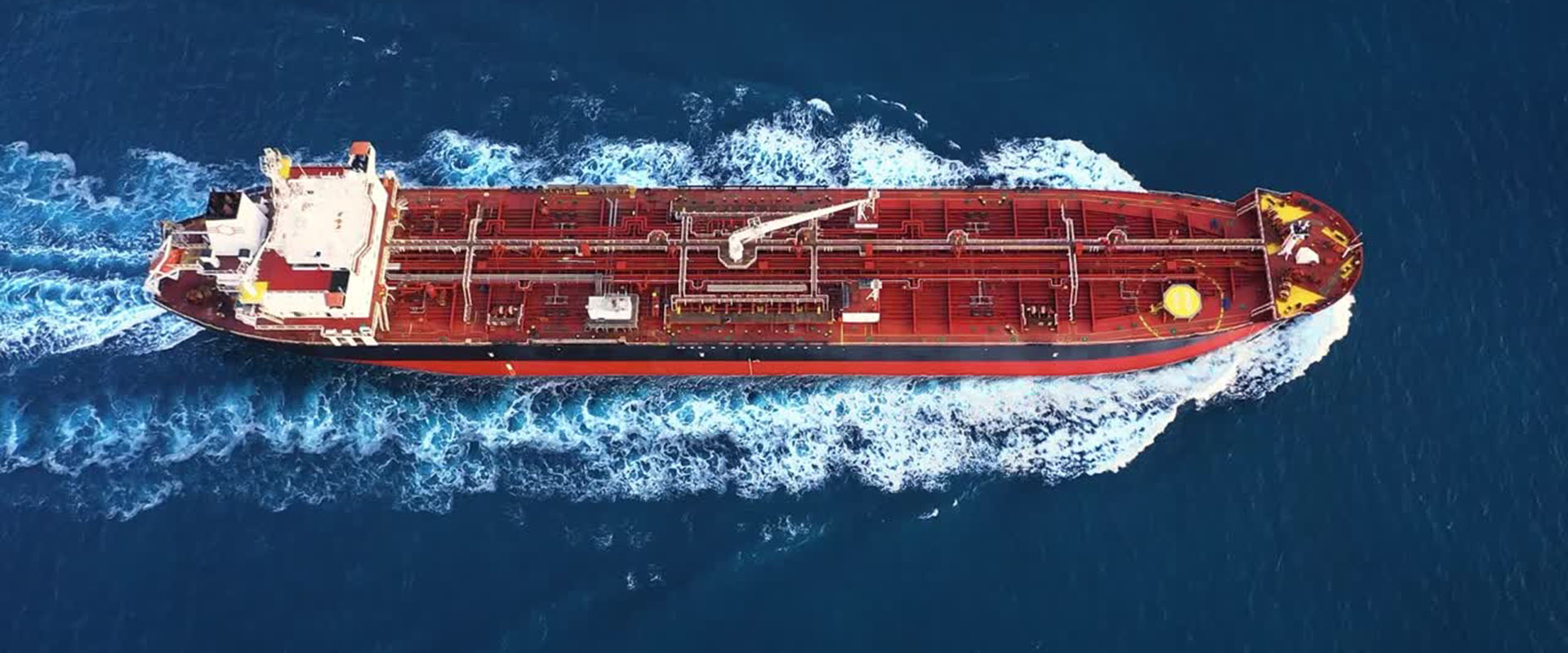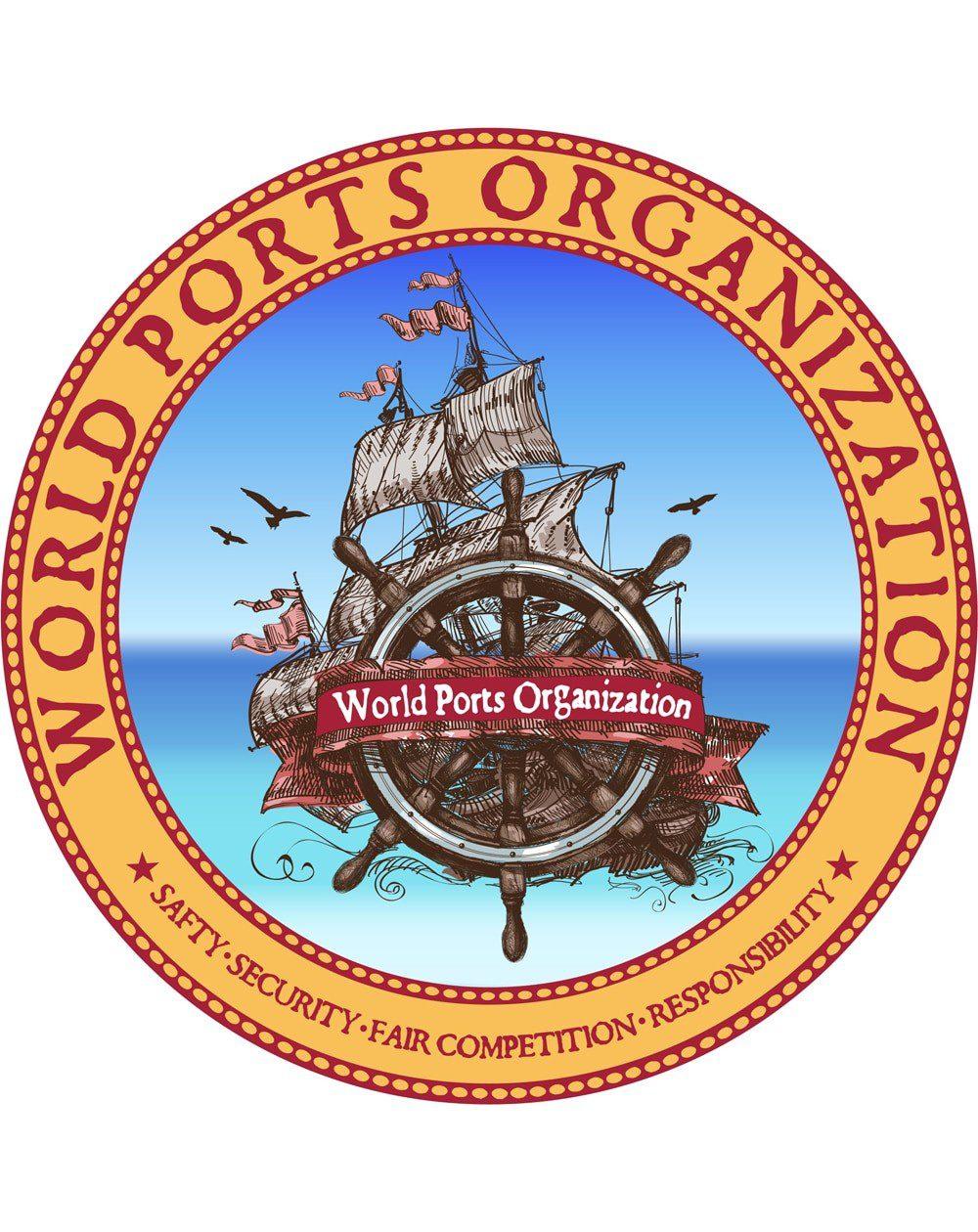According to statistics, in the first half of this year, Shanghai Port exported 1.275 million vehicles, a year-on-year increase of 13%, accounting for 36.7% of China’s total vehicle exports during the same period and ranking first nationwide. Since the 14th Five-Year Plan period, vehicle exports from Shanghai Port have surged from 379,000 units in 2020 to 2.39 million in 2024, with an average annual growth rate of 58.4%, achieving leapfrog growth.
The smooth logistics and efficient customs clearance at Shanghai Port are key factors behind the steady growth in vehicle exports. On July 13, under the supervision of Shanghai Waigaoqiao Port Customs, 108 domestically produced vehicles from Chongqing Guoyuan Port completed their “transfer” from domestic vessels to international roll-on/roll-off (Ro-Ro) ships at Haitong International Automobile Terminal in Shanghai Waigaoqiao Port. They were then loaded onto the Ro-Ro vessel “Emerald Elite” for export to Lázaro Cárdenas Port in Mexico. This marks the first time the river-sea intermodal transit model for vehicle exports has been extended to ports in the upper reaches of the Yangtze River.
Compared to traditional road transport, the river-sea intermodal model connects ports along the Yangtze River with Shanghai Waigaoqiao Port, effectively activating the Ro-Ro water transport network in the Yangtze River Economic Belt. This reduces transportation costs for enterprises, significantly improves logistics efficiency, and is increasingly attracting automakers to “shift from road to water.”
This batch of “Chongqing-made vehicles” going overseas is the first to adopt the new river-sea intermodal transit model. Chongqing automakers can complete all customs procedures locally in one go, greatly shortening clearance time and effectively turning the distant Haitong Terminal in Shanghai into a “gateway port” for Chongqing automakers. This significantly enhances the convenience of cross-border trade for vehicle exports. Compared to the traditional integrated customs declaration model, the new river-sea intermodal transit model reduces comprehensive costs by approximately 1,500 yuan per vehicle.
To ensure the smooth implementation of this new business model, customs authorities in Shanghai and Chongqing, along with local governments, jointly developed and launched the “Chongqing-Shanghai Ro-Ro Shared Liner Public Service Platform for Commercial Vehicles.” This platform enables end-to-end, visual supervision of exported vehicles throughout the “loading, transportation, and unloading” process, with automatic cargo handling comparisons and alerts for abnormal transportation conditions, achieving dynamic monitoring and closed-loop supervision across the entire supply chain.






